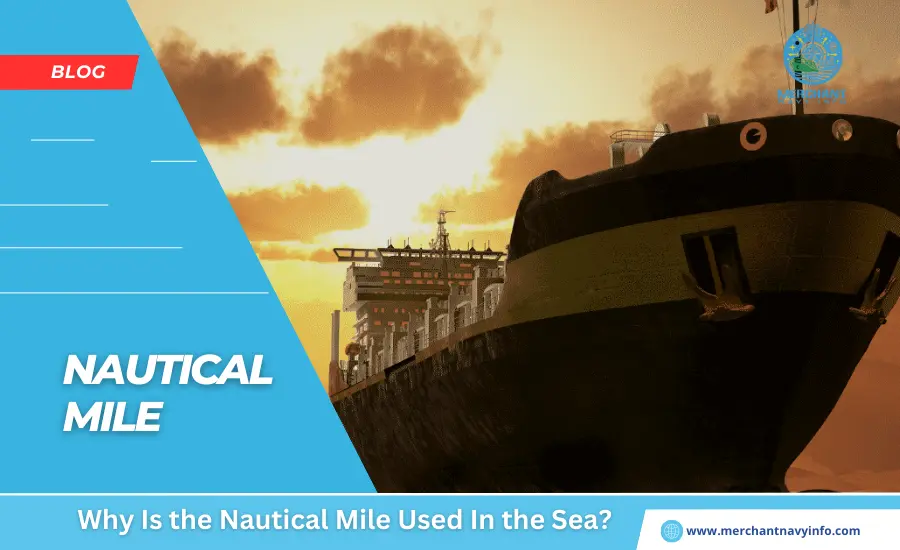
Flight and travel statistics are often complex. This definitely applies to distance and speed measurements. Of course, we’re used to kilometers and miles, but in aviation, we add nautical miles (and knots of speed). This is a historical measure that evolved from early maritime operations but continues to be used today.
Development Of The Nautical Mile
The nautical mile emerged as a practical further development of navigation. The concepts of latitude and longitude were developed in the 16th century. This method of navigation was explored as an alternative to visual methods. Nautical miles are based on latitude and longitude. As you know, the Earth is divided into 360 degrees. Breaking it down further, each degree is divided into 60 minutes. A nautical mile is one of the minutes of latitude. This is effectively 1/60th of a degree.
Formalization next to the meter Measures based on degrees have been proven in the shipping industry for centuries and still work today. The meter was developed in the late 18th century as an alternative measure of distance. This was set to be equal to 1/10 millionth of the quarter meridian (from the North Pole to the equator through Paris). This means that the circumference of the Earth is 40,000 kilometers.
Nautical Miles
They were officially standardized in meters by the International Hydrographic Organization in 1929. It was set at one nautical mile, which is equivalent to 1,852 meters. The US and UK used slightly different measurements for a while, but they are all now standardized. It converts km to mph AND nots to mph as well.
Nautical Miles And Knots
knots is a measure of speed, with 1 knot simply equaling one nautical mile per hour. This, like the use of nautical miles, remains the standard in the maritime and aviation industries. The name “knot” comes from an early maritime practice for measuring speed. This is a rope with knots at regular intervals and attached to a piece of wood. This wood was placed in the water behind the ship, and its speed was determined by the length of the rope (in knots) stretched behind the ship over a period of time.
Why Do We Need To Keep Nautical Miles And Knots?
Simply put, they have implications for flight planning and navigation just as they do for maritime transport. Keep in mind that miles are a very arbitrary measurement. This is defined as 5,280 feet. The foot measurement is derived from the average length of a human foot, and its origins date back to pre-Roman times. The International Civil Aviation Organization (ICAO) certainly explains that pilots can easily become familiar with units of measurement when operating an aircraft.
The group states: “A large number of the world’s commercial aircraft (Boeing, Airbus, etc.) are primarily designed and calibrated for operational use in non-SI units (feet, nautical miles, knots, etc.). With the advent of digital avionics systems, it is now possible to customize the unit display to suit your requirements, making it possible to switch between SI and non-SI unit displays within the cockpit.” Nautical Miles, in particular.It converts km to mph AND nots to mph as well.
When the term “nautical mile” is omitted, different institutions use different symbols.
- M is used by the International Hydrographic Organization.
- Nmi is used by the Institute of the Electrical and also Electronics Engineers and the United States Government Publishing House.
- NM is used by ICAO.
Simple Flying Usually Prefers The Latter
Nautical miles are mathematically related to the Earth’s circumference as well as latitude and longitude. For long-haul flights, this is a convenient and explainable measure of latitude and longitude. Of course, for short-haul flights (such as sailing), miles or kilometers may seem more convenient.
What Is The Difference Between Nautical Miles And Knots?
Nautical miles measure distance, and knots measure speed. The United States introduced the international nautical mile in 1954. Shown here: NOAA Ship Pisces is her third in a class of acoustically quiet, state-of-the-art fisheries research vessels built for a wide range of marine bioresource research and also ecosystem research projects.
Nautical Miles
Nautical Miles are usually used to measure the distance traveled underwater. A nautical mile is slightly longer than one land mile, equaling 1.1508 land miles (or statute miles). Nautical miles are based on Earth’s longitude and also latitude coordinates, with one nautical mile equaling one minute of latitude.
But Why Do We Need To Use A Different Measurement System When Shipping?
For long-distance travel, where the curvature of the Earth is a factor in accurate measurements, it is more than practical to use latitude and longitude coordinates. Nautical charts use latitude and longitude, making it very easy for sailors to measure distances using nautical miles. Aerospace uses latitude and longitude for navigation and nautical miles for distance measurements. When you hear the word “mile,” you may think that there is also “nautical kilometer.
The international nautical mile is used all over the world. This measurement was officially set at exactly 1.852 kilometers in 1929 by what is now the International Hydrographic Organization. The United States and Great Britain subsequently used slightly different measurements, with the United States adopting the international nautical mile in 1954 and the United Kingdom in 1970.
Knots
On the other hand, knots are mostly used to measure speed. One knot equals one nautical mile per hour or about 1.15 miles per hour. The origin of the term knots dates back to the 17th century. At the time, sailors used a device called a common log to measure a ship’s speed. A common log was a rope with regular knots attached to a cake-shaped piece of wood. Sailors lowered pieces of wood into the water and allowed them to float freely behind the ship for a certain amount of time (often measured with an hourglass). As time passed, they counted the knots between the ship and also the piece of wood and used that number to estimate its speed.










